Some anime don’t just spark chatter. They trigger headlines, policy changes, and heated debates among viewers, parents, broadcasters, and regulators. From shocking premieres to finales that set phones ringing at TV stations, these are the titles that pushed boundaries and paid for it with bans, edits, and sudden schedule changes.
This list looks at what actually happened when the outrage hit. You’ll find the specific scenes that set things off, how networks and platforms reacted, and what ratings boards or schools decided afterward. No hype. Just the concrete decisions, warnings, removals, and revisions that followed.
‘Neon Genesis Evangelion’ (1995–1996)
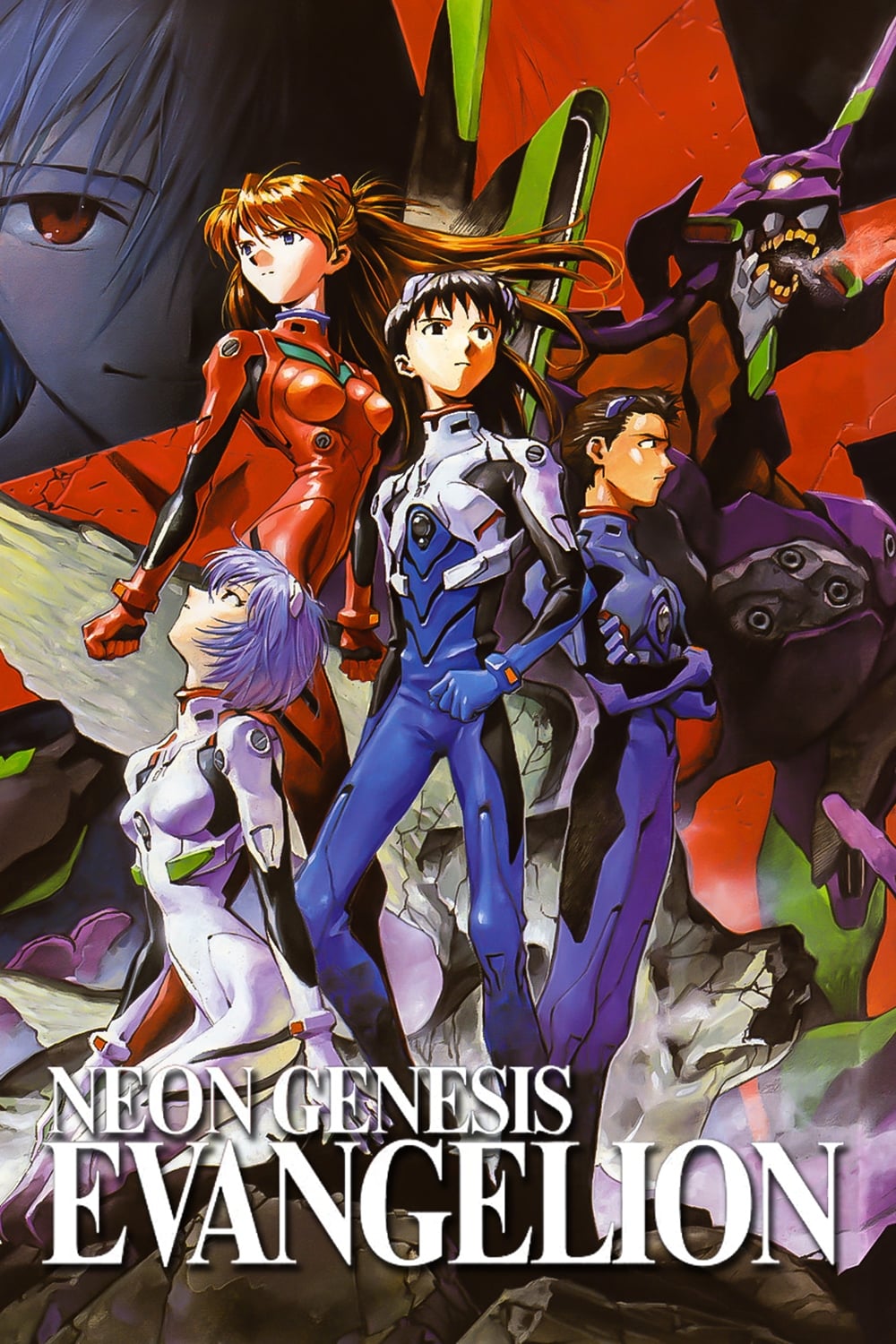 GAINAX
GAINAXViewers complained about intense religious imagery and a late shift into psychological horror, which built up to an ending that many saw as abrupt and opaque. TV stations received a wave of complaints, and the production team reported harassing messages that escalated as the finale aired.
The backlash prompted the creators to produce a feature-length reimagining to address the controversy. Retailers and magazines documented a spike in letters and editorials about the series, and broadcasters added advisory slates when scheduling reruns.
‘Pokémon’ (1997–2002)
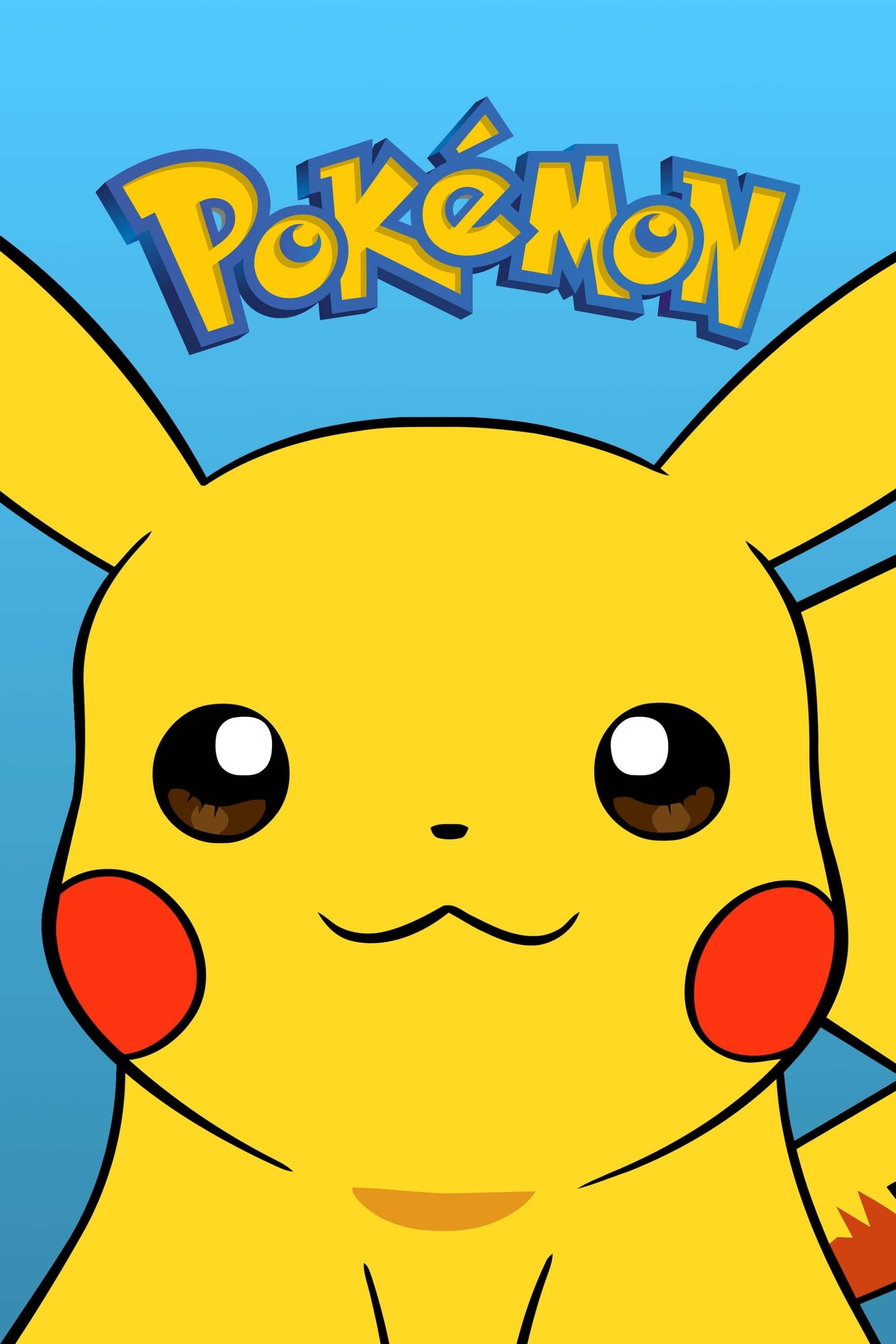 Shogakukan Production
Shogakukan ProductionAn early episode featuring rapid flashing effects led to mass reports of photosensitive seizures during its original broadcast. The incident triggered medical reviews and forced the franchise to overhaul visual guidelines for future episodes.
The show also faced separate criticism over a character design that resembled racially insensitive imagery. International distributors altered scenes and paused circulation of affected episodes while producers revised the character model for later releases.
‘Goblin Slayer’ (2018)
 White Fox
White FoxThe premiere included a sexual assault scene that shocked viewers unfamiliar with the source material’s tone. Broadcasters fielded complaints about the content and quickly added prominent advisories to subsequent airings.
Some streaming platforms introduced stricter age gates and clarified show pages with explicit content tags. Retailers reported increased returns alongside strong sales, noting that the controversy drove attention while also prompting demands for clearer labeling.
‘Redo of Healer’ (2021)
 TNK
TNKGraphic revenge and sexual violence made this one of the most divisive TV anime in years. Major distributors either declined to license it, carried only heavily edited cuts, or opted for region-limited releases.
Three versions circulated at once, ranging from broadcast-safe to uncensored. Platforms updated parental controls and many countries’ retailers stocked only age-restricted editions, citing local compliance requirements for explicit media.
‘The Rising of the Shield Hero’ (2019)
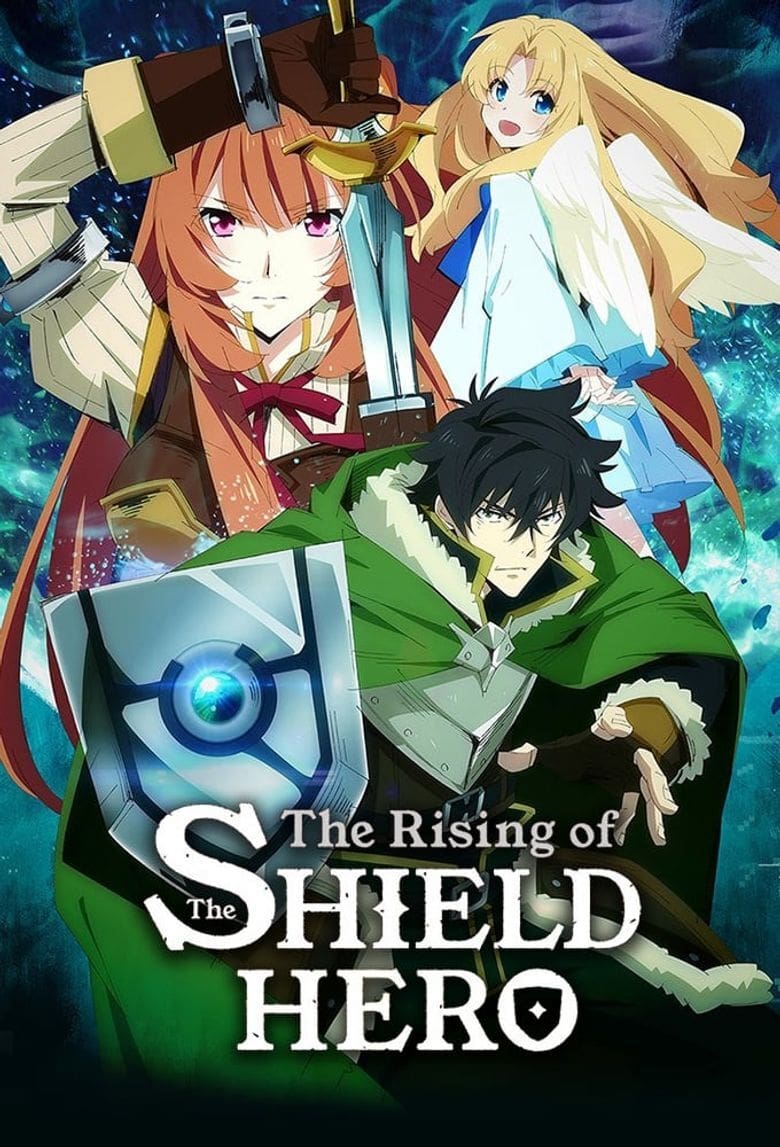 Nippon Columbia
Nippon ColumbiaA plotline centered on a false accusation of assault immediately sparked debate. Critics argued that the setup risked trivializing real experiences, while supporters pointed to the narrative’s broader themes.
Broadcasters inserted advisory screens and discussion shows dissected the storyline’s framing. Some campus clubs and libraries placed the series behind request counters, requiring staff mediation before lending copies.
‘School Days’ (2007)
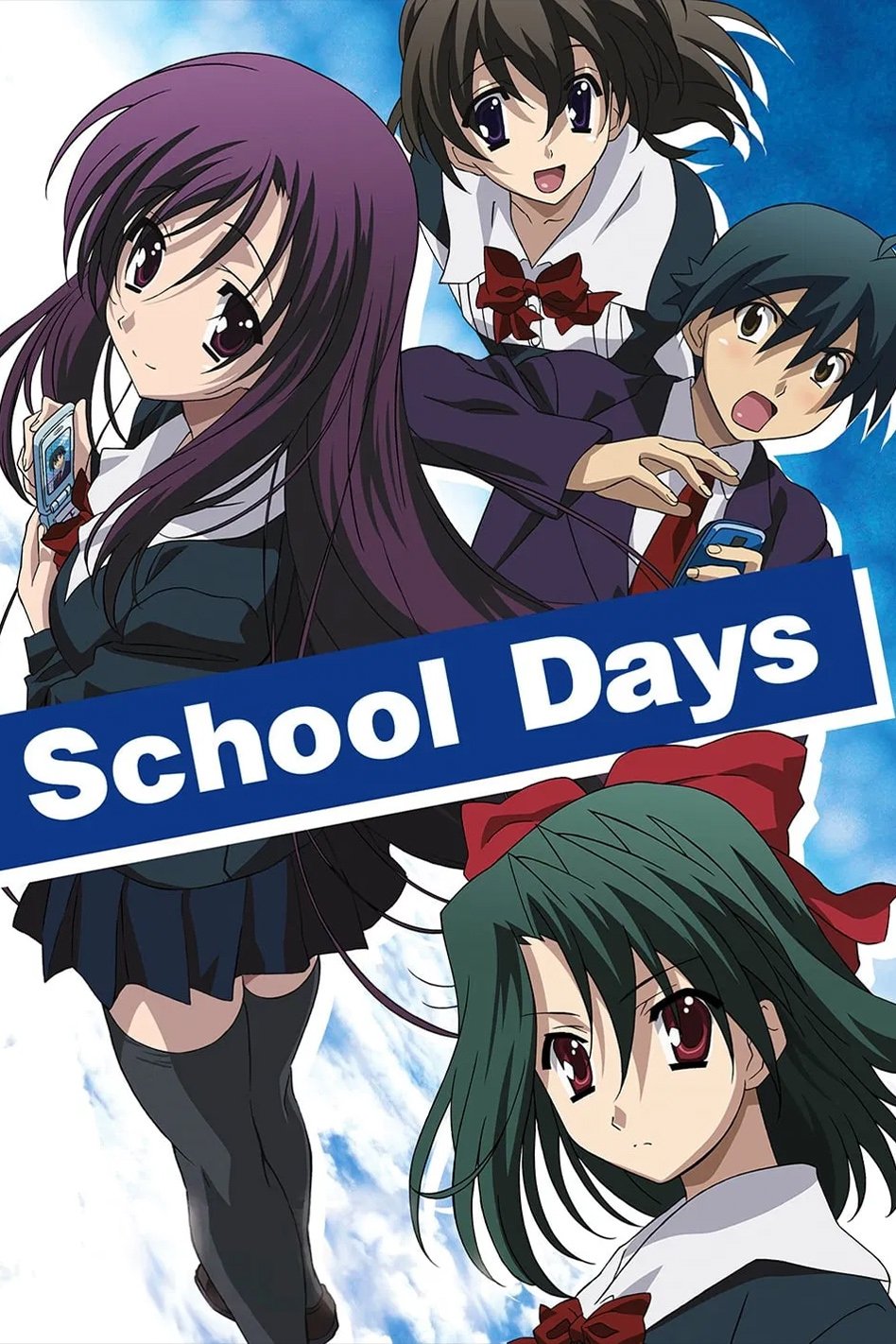 Marvelous Entertainment
Marvelous EntertainmentA finale notable for its shocking violence landed right after a real-world crime that eerily echoed elements of the plot. In response, TV stations pulled or replaced the scheduled broadcast at the last minute.
The cancellation created the “Nice boat” meme when a serene travel clip filled the slot. DVDs and official streams later restored the episode, but networks kept a cautious distance during repeat cycles.
‘Elfen Lied’ (2004)
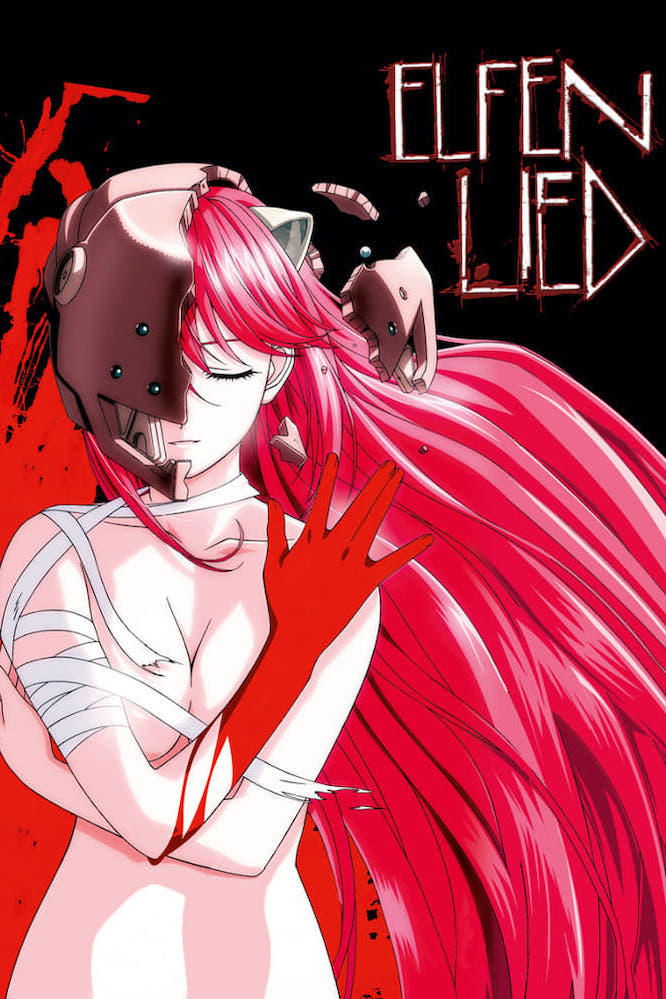 ARMS
ARMSExtreme gore and nudity collided with a tone that started in a laboratory slaughter, leading to viewer complaints and watchdog scrutiny. Broadcasters placed the show in late-night blocks and issued persistent content warnings.
Retailers shifted copies to restricted shelves and imposed age checks at point of sale. Some regions required edited master tapes for TV transmission, while home video preserved the original cut with prominent advisories.
‘Interspecies Reviewers’ (2020)
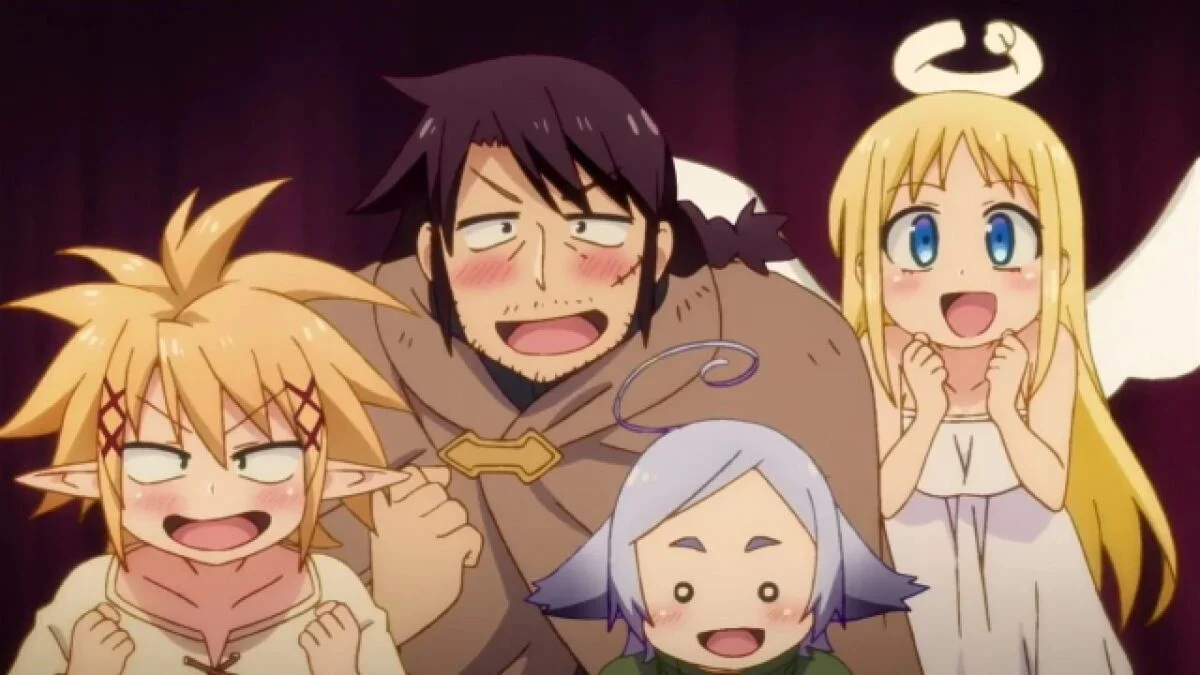 Passione
PassioneSeveral companies licensed the series and then reversed course after seeing later episodes. A leading platform publicly stated that the content fell outside its standards and removed the show entirely.
Terrestrial partners swapped in replacement programming midseason. Fans tracked multiple edits across networks, and import shops reported surges in overseas orders because local broadcasts vanished before completion.
‘Darling in the Franxx’ (2018)
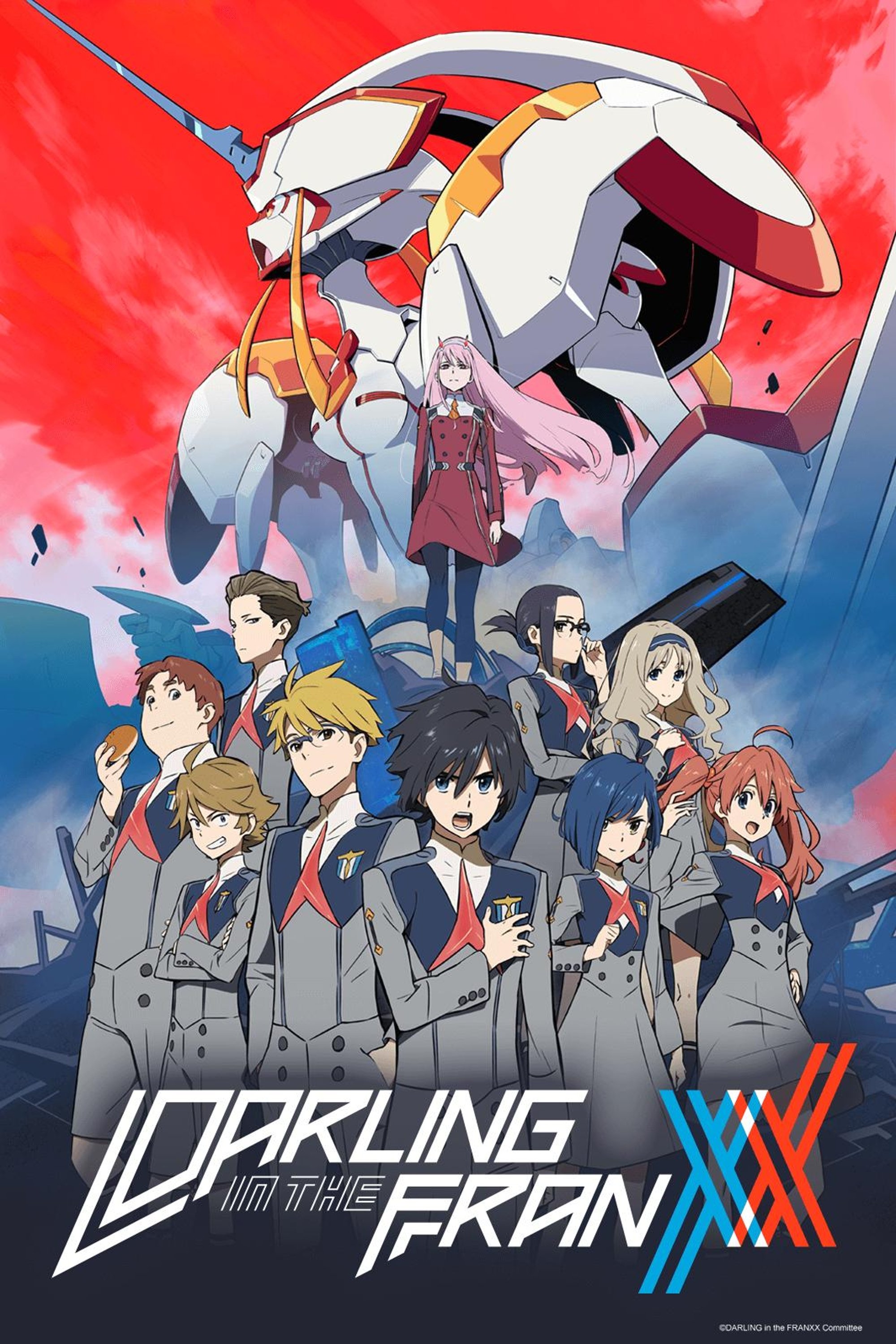 TRIGGER
TRIGGERMidseries relationship turns and character handling set off intense fan backlash. Social media campaigns targeted the writers’ choices, and the production committee responded with statements clarifying the intended themes.
Merchandise partners adjusted marketing around certain characters as discussion flared. Convention panels added moderation guidelines in advance, anticipating charged audience Q&A sessions about the show’s direction.
‘Kill la Kill’ (2013–2014)
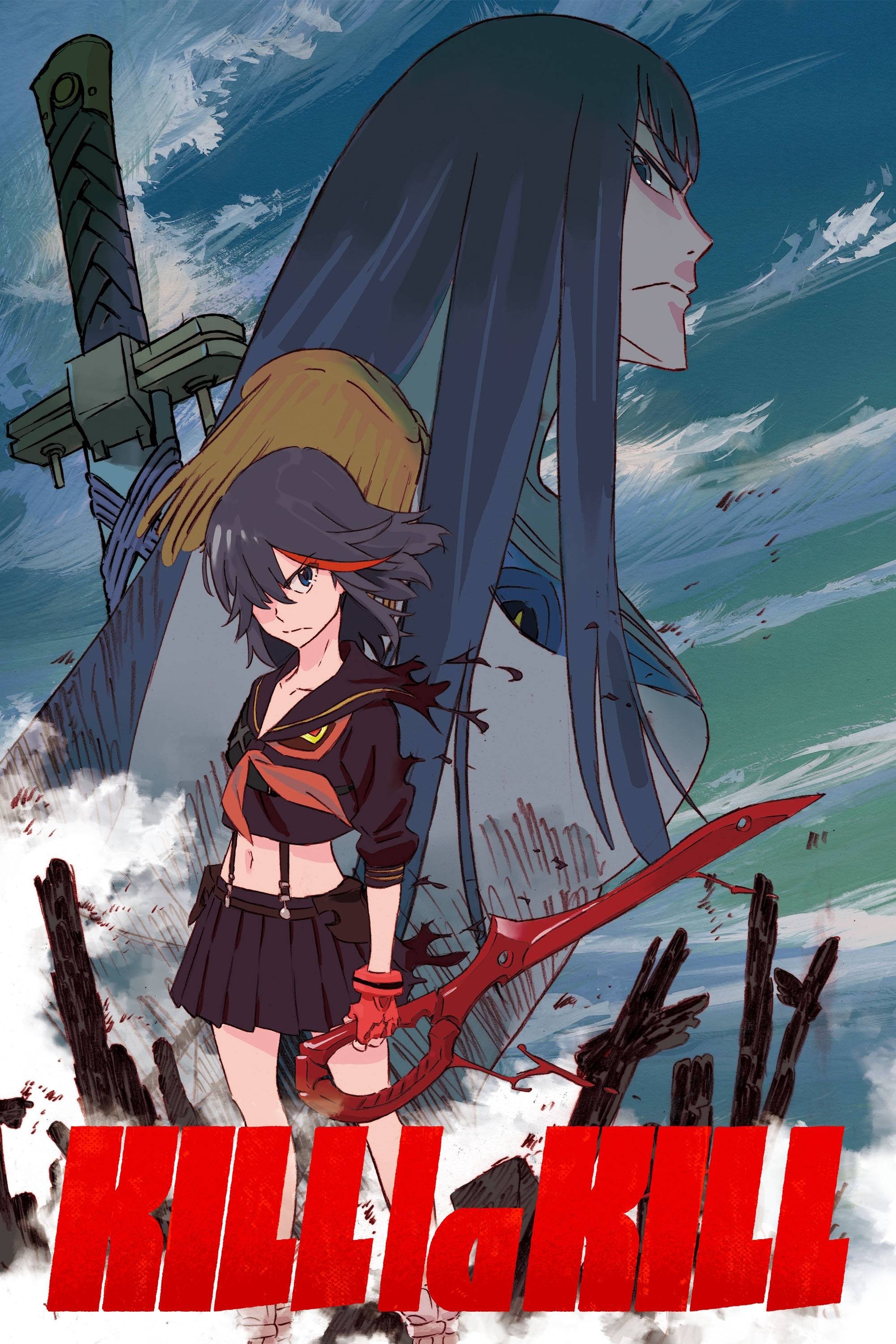 TRIGGER
TRIGGERTransformation sequences and costume designs stirred debate about sexualization versus empowerment. TV slots moved to safer late hours and carried detailed advisories for younger viewers.
International releases varied, with some distributors adding additional cover art sleeves and on-disc explanations about the creative intent. School clubs that screened the show often required signups and leadership approval rather than open-door events.
‘Assassination Classroom’ (2015–2016)
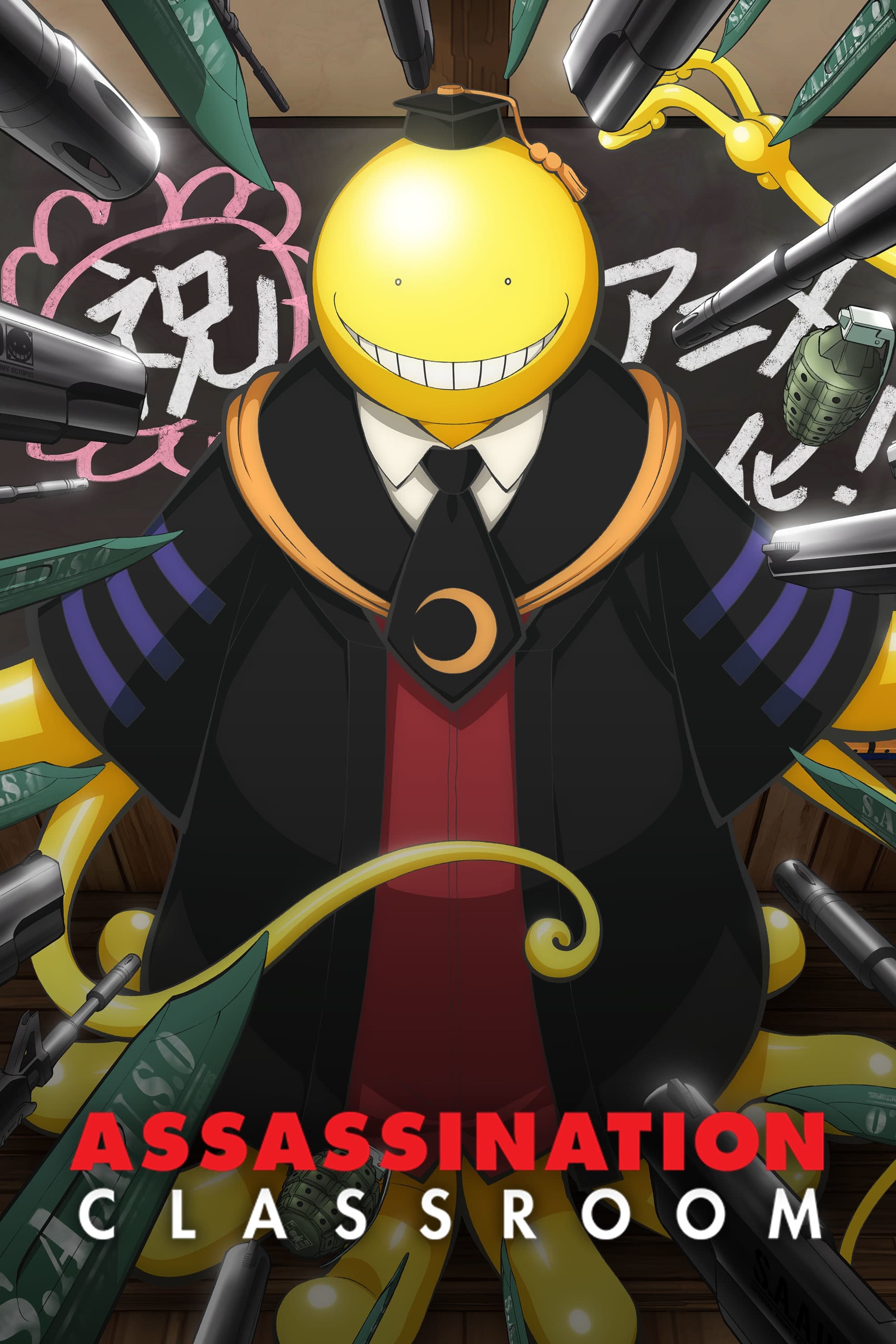 Lerche
LercheThe premise of students training to kill their teacher alarmed parents and administrators in several regions. School libraries faced challenges to remove volumes and related media, citing concerns about imitation and messaging.
Publishers issued guidance for educators on contextualizing the story. Some districts allowed materials only in supervised settings, while retailers used explicit shelving to prevent unsupervised browsing by younger readers.
‘Tokyo Ghoul’ (2014)
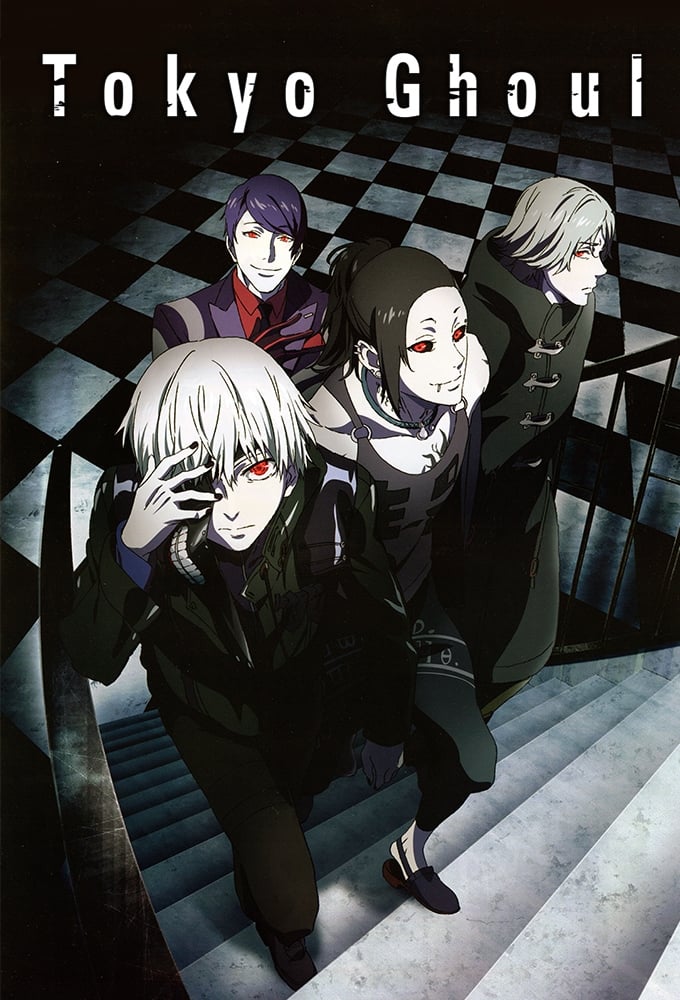 Marvelous
MarvelousTelevision broadcasts were heavily darkened during violent scenes, prompting complaints from both sides about either excessive gore or excessive censorship. Nighttime airings preserved edits, while home video released uncut versions.
Authorities in some countries included the show on lists of restricted or discouraged titles for youth. Streaming libraries frequently toggled availability and ratings labels as policies evolved, which made region-by-region access inconsistent.
‘Oreimo’ (2010–2013)
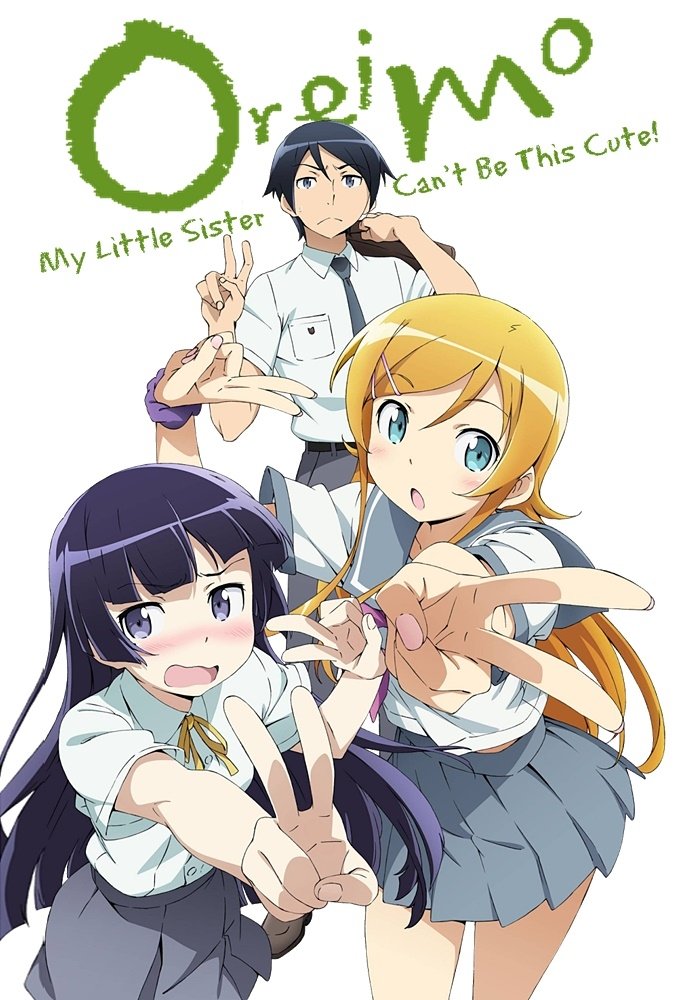 AIC Build
AIC BuildA romantic subplot between siblings instantly drew attention from media and parent groups. Retailers shifted the product to mature sections, and some streaming platforms gated the series behind stricter age verification.
Convention programming heads required content notes before fan-run screenings. Local clubs commonly replaced the show with general discussion sessions, citing discomfort from prospective attendees.
‘Yosuga no Sora’ (2010)
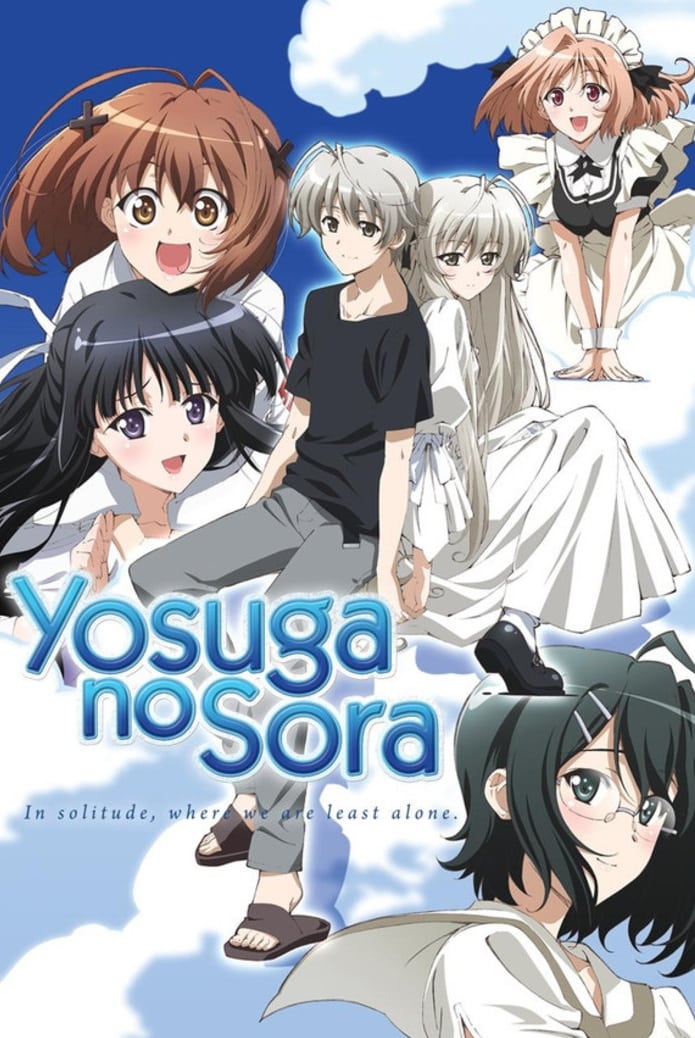 feel.
feel.Explicit scenes and incest themes prompted broadcast stations to apply aggressive masking and selective cropping. The home video release restored visuals, but stores stocked it with strong advisory labels and sales restrictions.
Community centers and college anime societies often declined requests to screen the show, preferring less sensitive alternatives. Import demand rose in markets where platforms avoided carrying the title.
‘No Game No Life’ (2014)
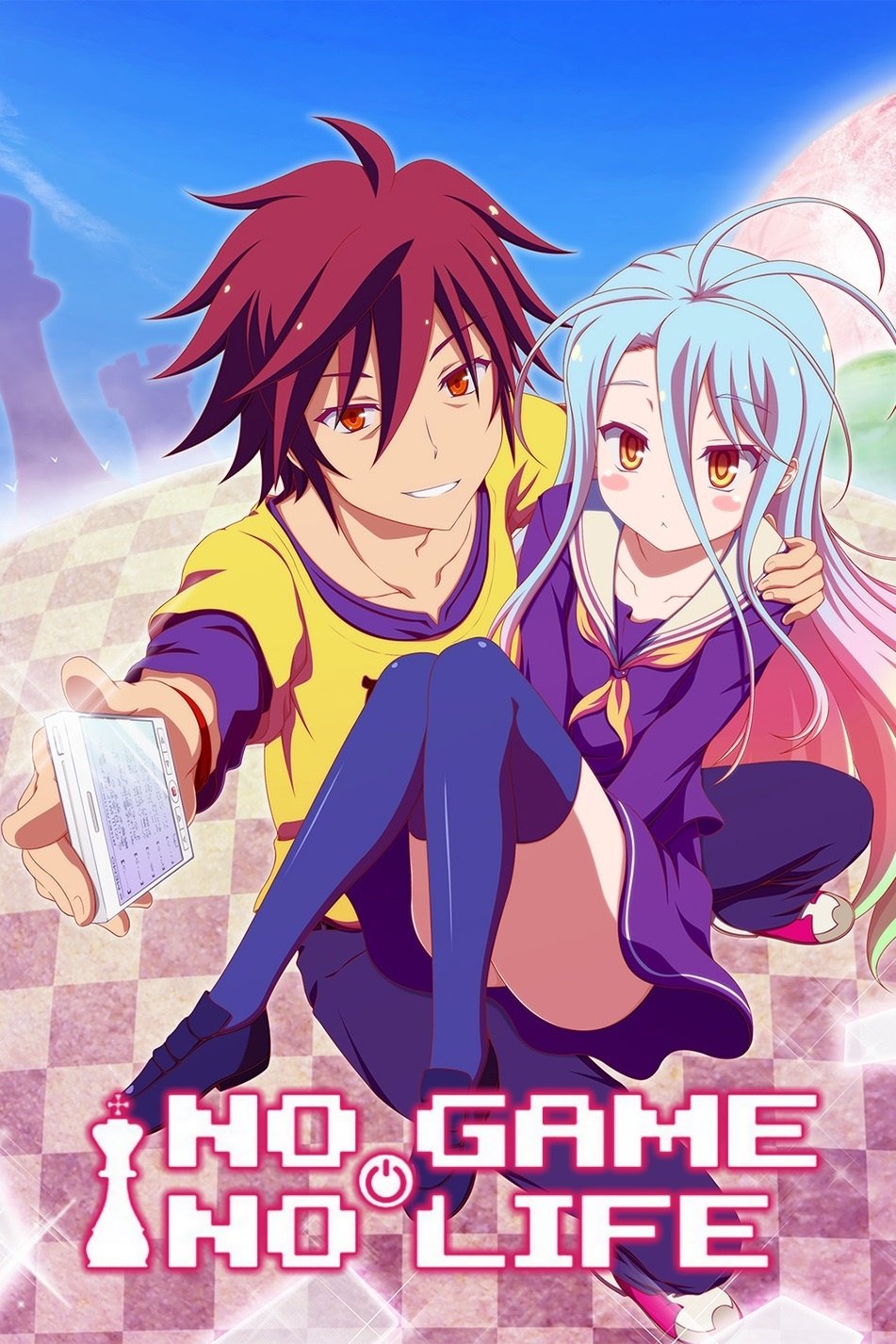 Madhouse
MadhouseSuggestive imagery involving young-looking characters led to scrutiny from classification bodies and retailers in certain countries. Some shops removed print volumes or required staff mediation before purchase.
Streaming platforms in multiple regions revised age ratings and added content disclaimers. Libraries that retained the series documented usage policies, including parental consent requirements for teen borrowers.
‘Prison School’ (2015)
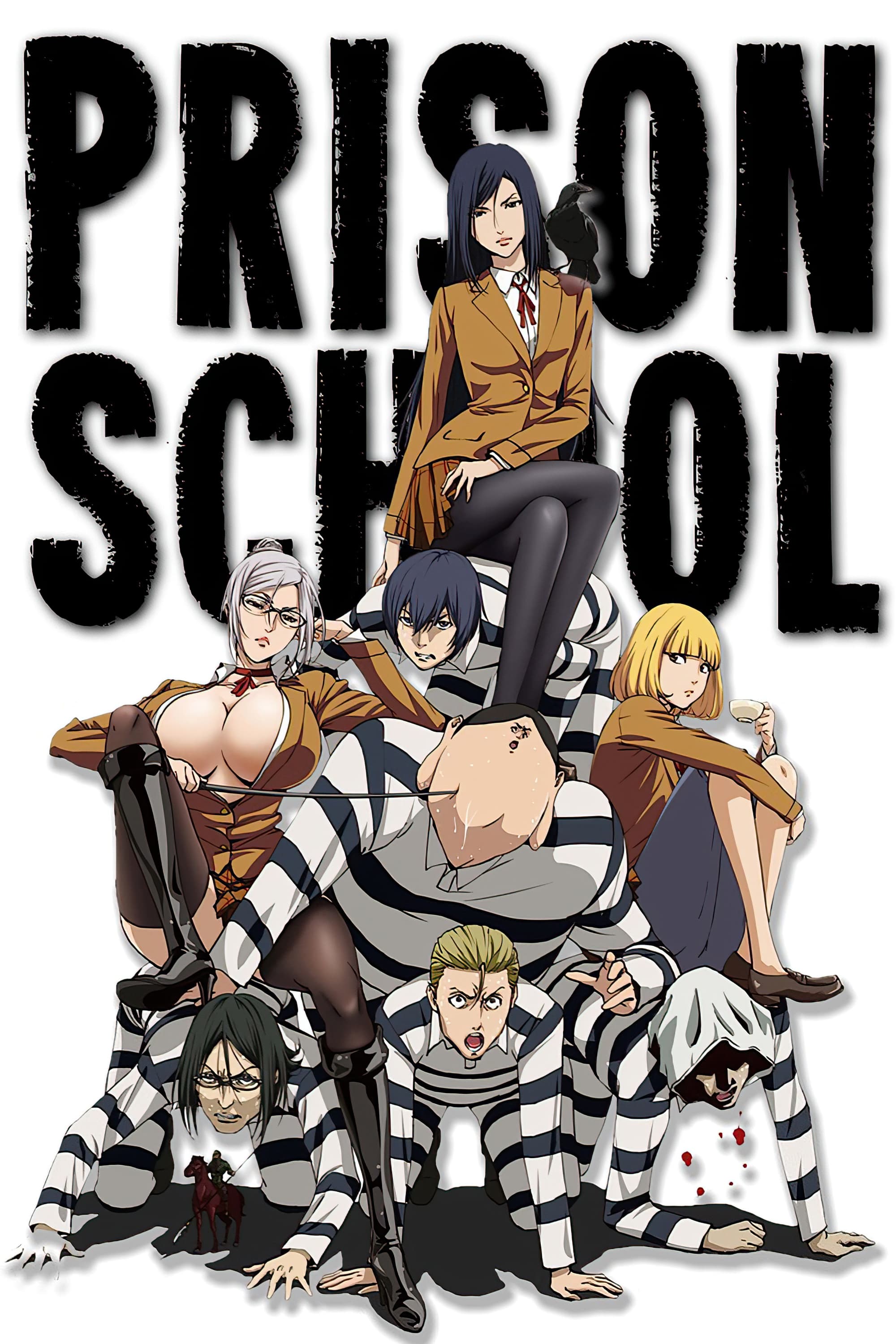 J.C.STAFF
J.C.STAFFIts mix of humiliation comedy and graphic fanservice drew a wave of complaints to broadcasters. Television runs aired mosaic edits and overlay graphics to comply with standards while preserving timing for jokes.
Collectors preferred physical releases that restored the original artwork. Retailers flagged the title as adults-only in several territories, and event organizers required staff review before fan group screenings.
‘Berserk’ (1997–1998)
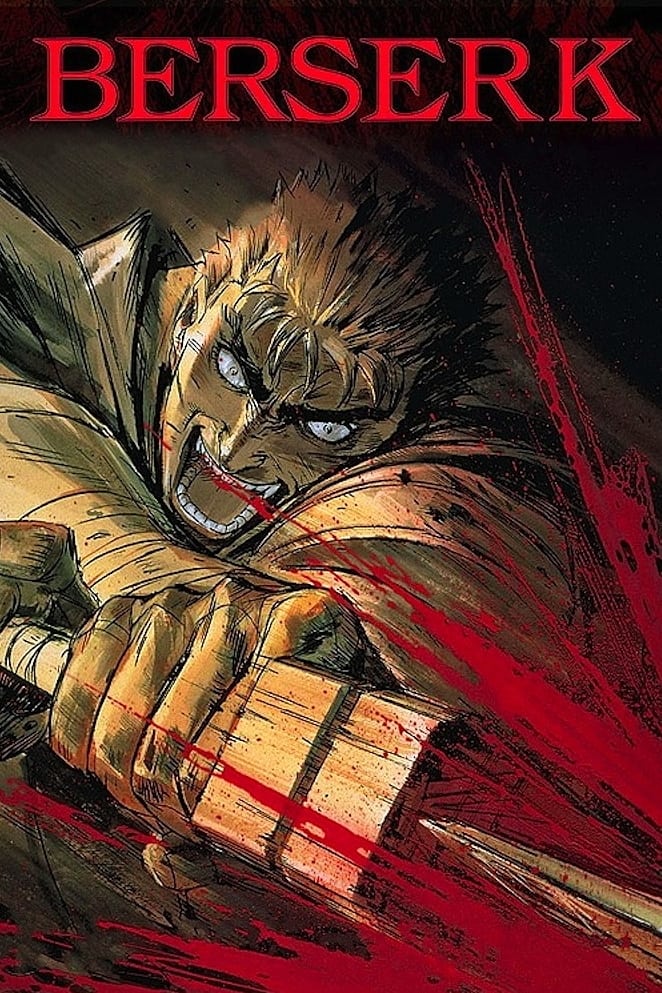 OLM
OLMBrutal battle scenes and a notorious climactic massacre brought calls for tighter scheduling and warnings. TV channels placed the series into late-night rotation and advised viewer discretion ahead of key episodes.
Home releases kept the uncut content with bold notices about violence and sexual assault. Bookstores moved related manga volumes to shrink-wrapped shelves, and some shops offered staff guidance for customers new to the franchise.
‘Terror in Resonance’ (2014)
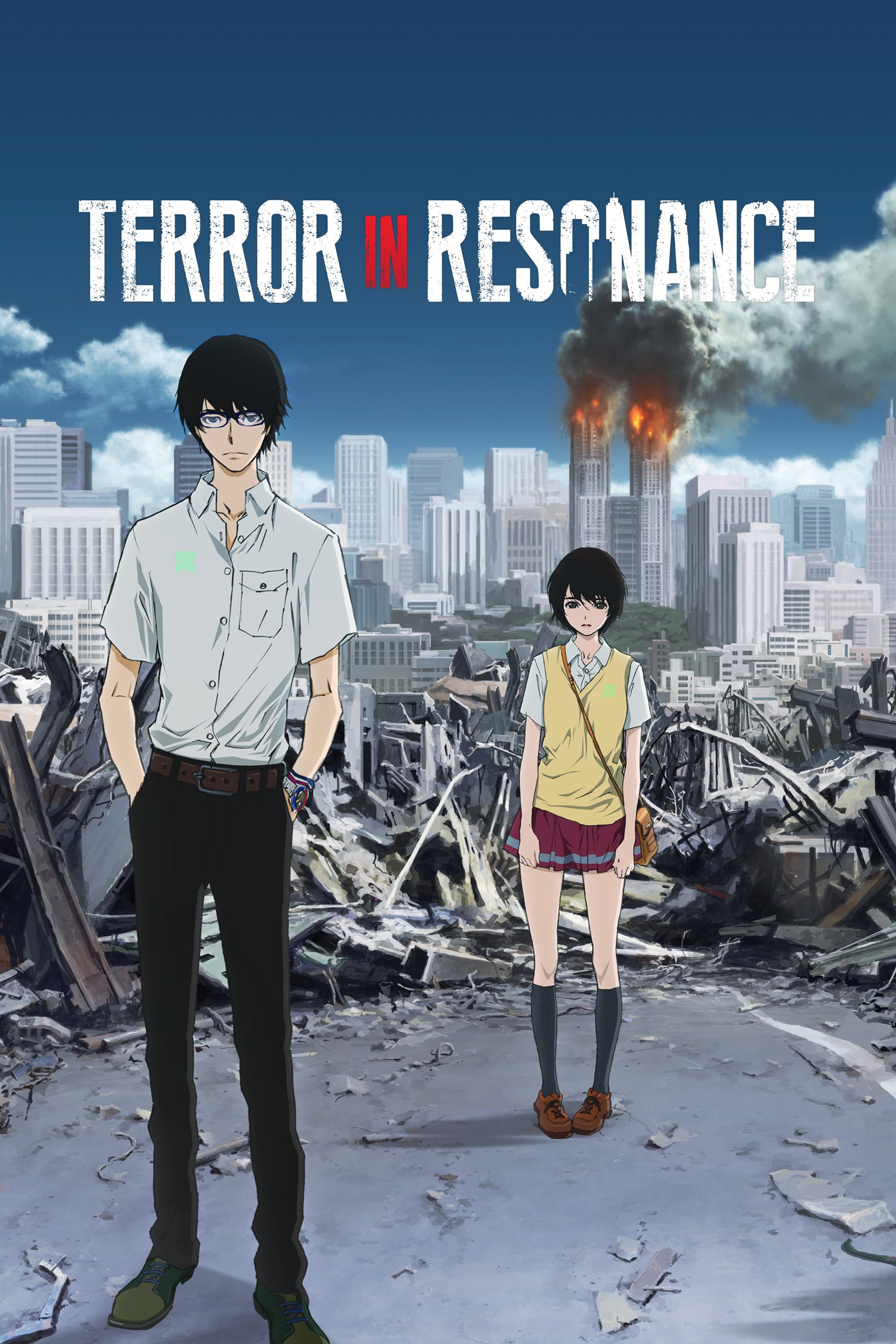 MAPPA
MAPPAA story centered on domestic bombings forced networks to handle timing with unusual care. When real-world incidents echoed the plot, episodes shifted on short notice and aired with extended advisories.
International outlets debated whether to simulcast sensitive installments. Some opted for brief delays, while others ran content warnings onscreen and issued press notes outlining the rationale for proceeding.
‘The Melancholy of Haruhi Suzumiya’ (2006–2009)
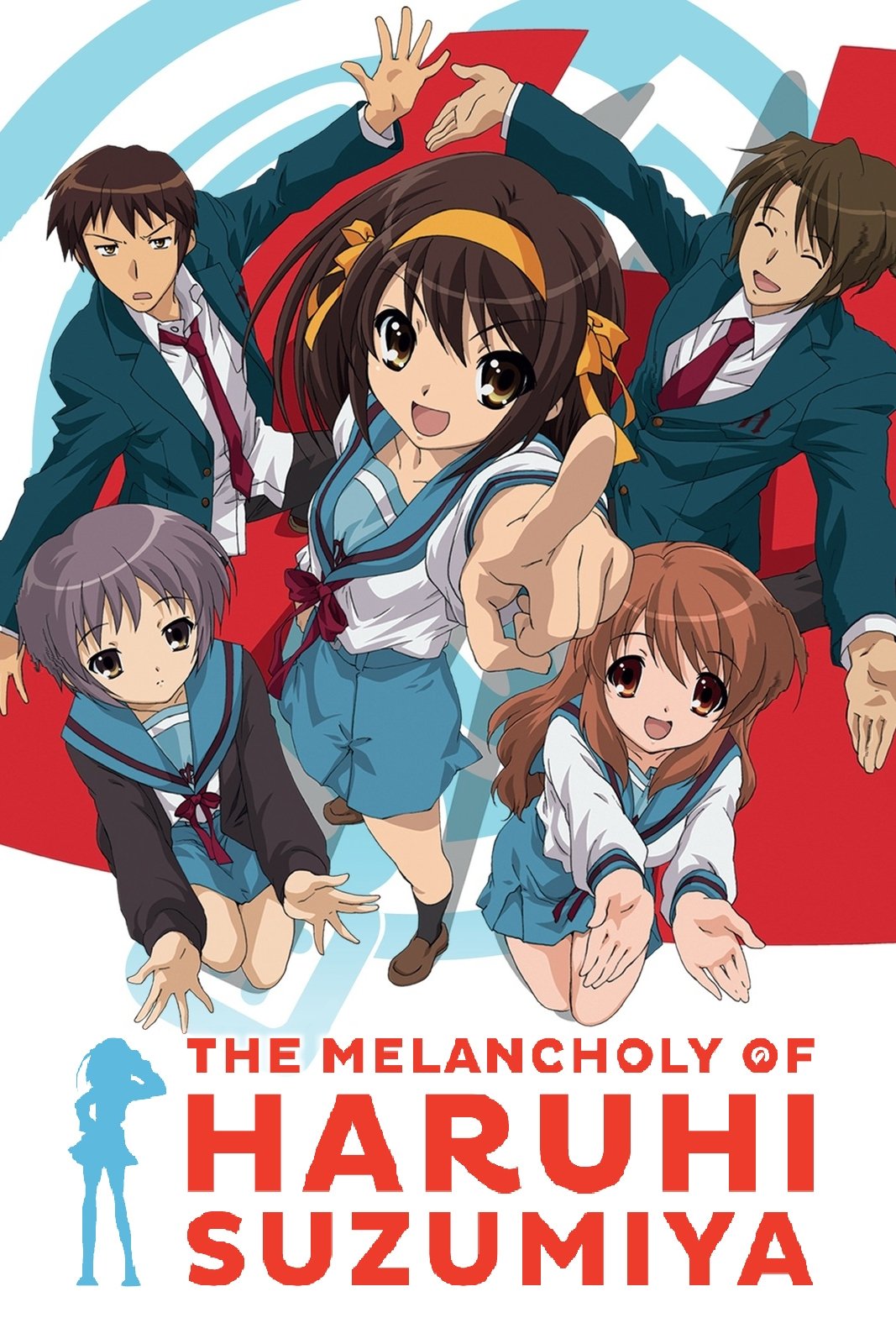 Kyoto Animation
Kyoto AnimationA sequence of nearly identical summer episodes angered viewers who expected faster plot movement. Customer complaints hit retailers and broadcasters, and sales data showed an immediate chill around the affected arc.
Creators later acknowledged the reaction while defending the experimental structure. Rewatch guides and fan groups began advising viewers on how to navigate the arc to reduce frustration during club screenings.
‘Highschool of the Dead’ (2010)
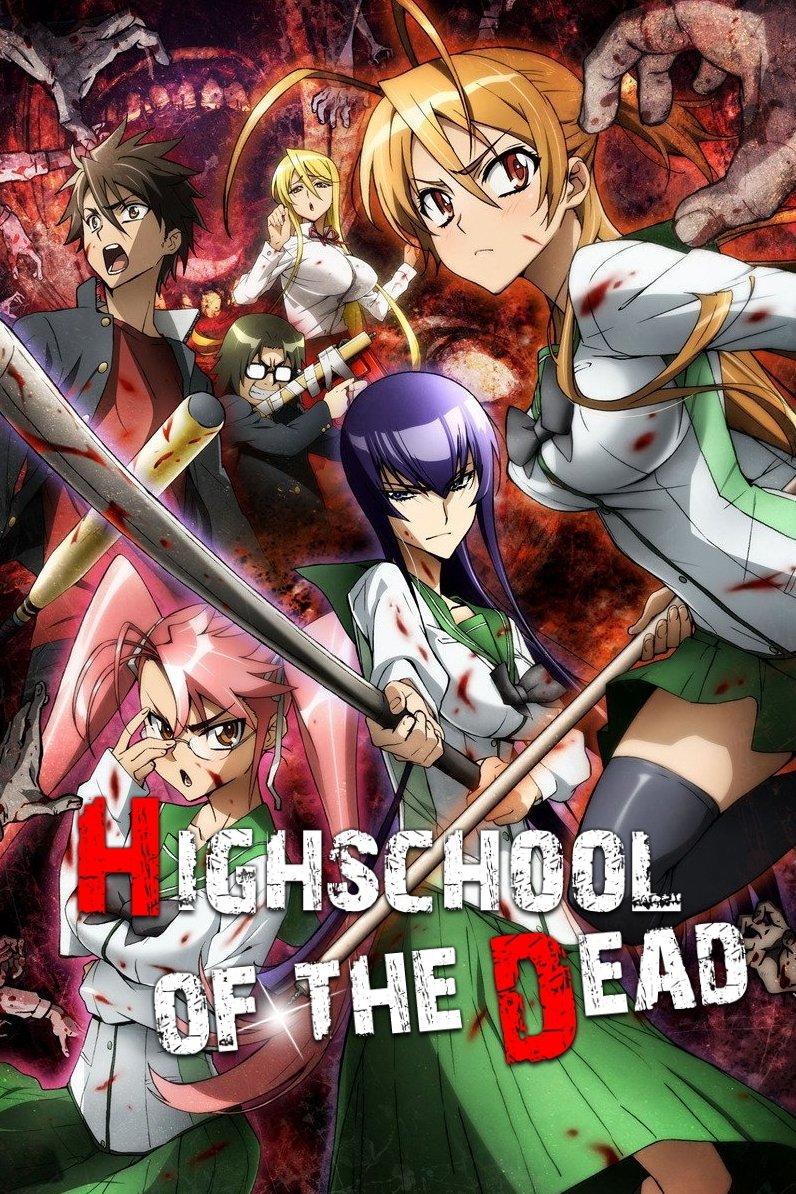 Geneon Universal Entertainment
Geneon Universal EntertainmentGraphic violence and extreme fanservice triggered challenges from parent groups. TV broadcasts used strategic framing and overlays to pass standards, and several regions limited airings to late-night windows.
Some platforms added detailed tags so subscribers could filter out the title from household profiles. Conventions that ran marathon rooms listed the show with additional content notes and time-of-day restrictions.
Share the titles you think caused the biggest firestorms in the comments so we can compare notes and build a follow-up list.

.jpeg)

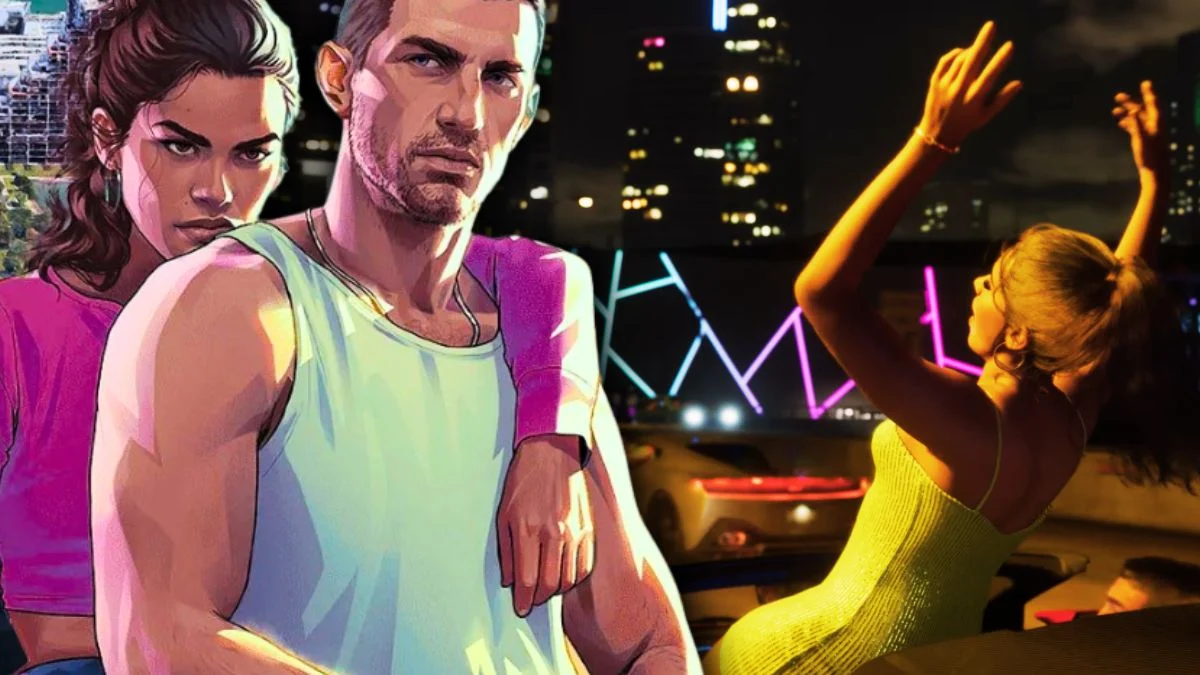


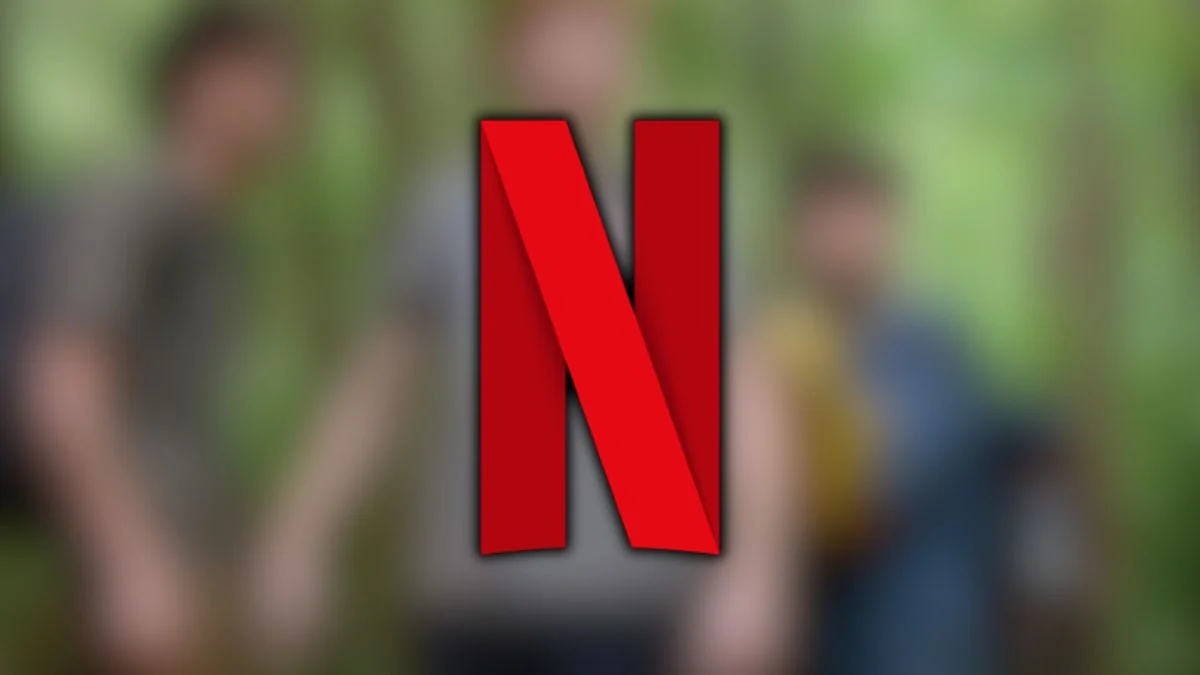

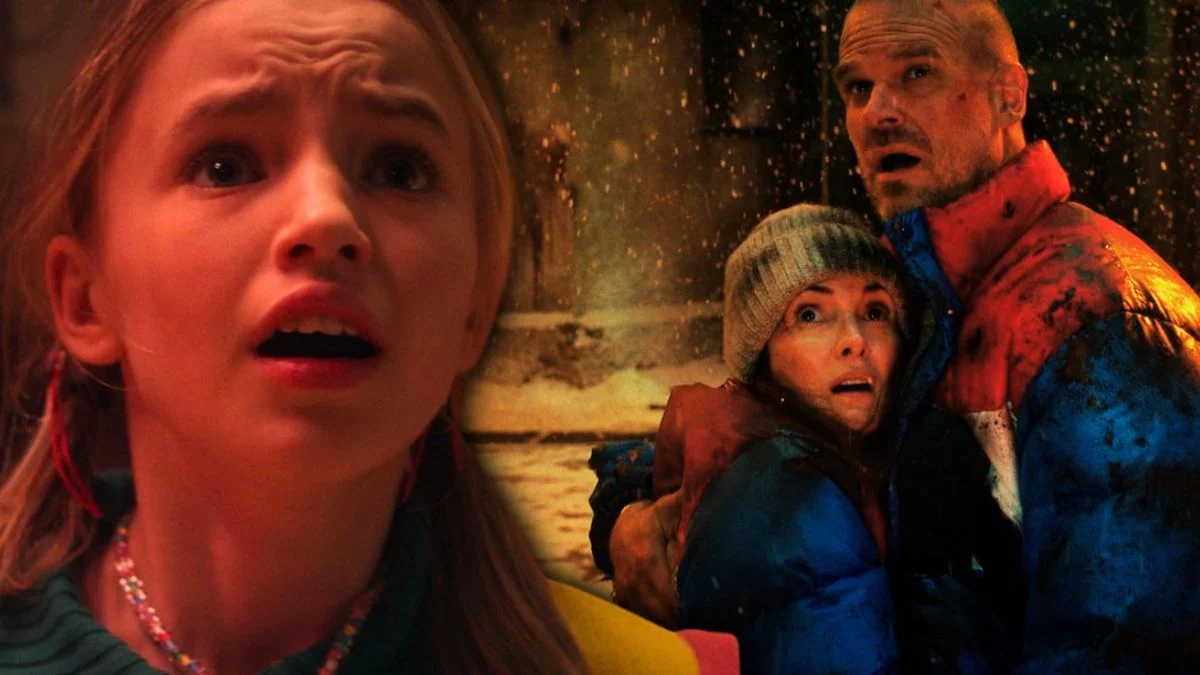

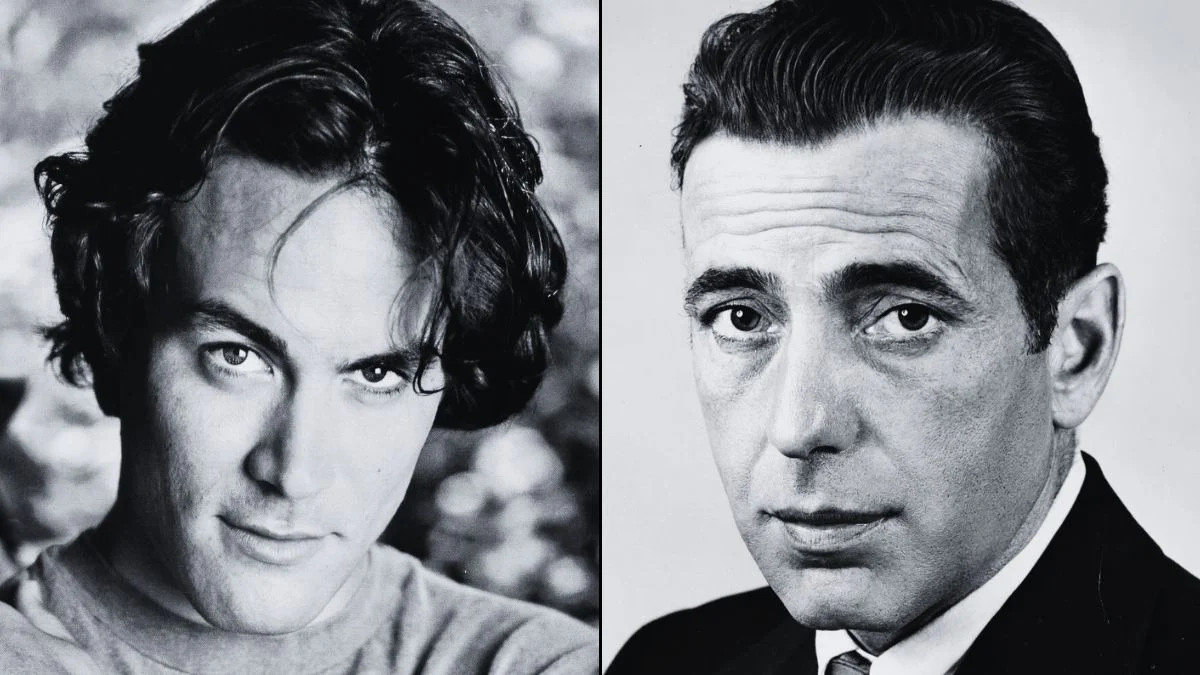

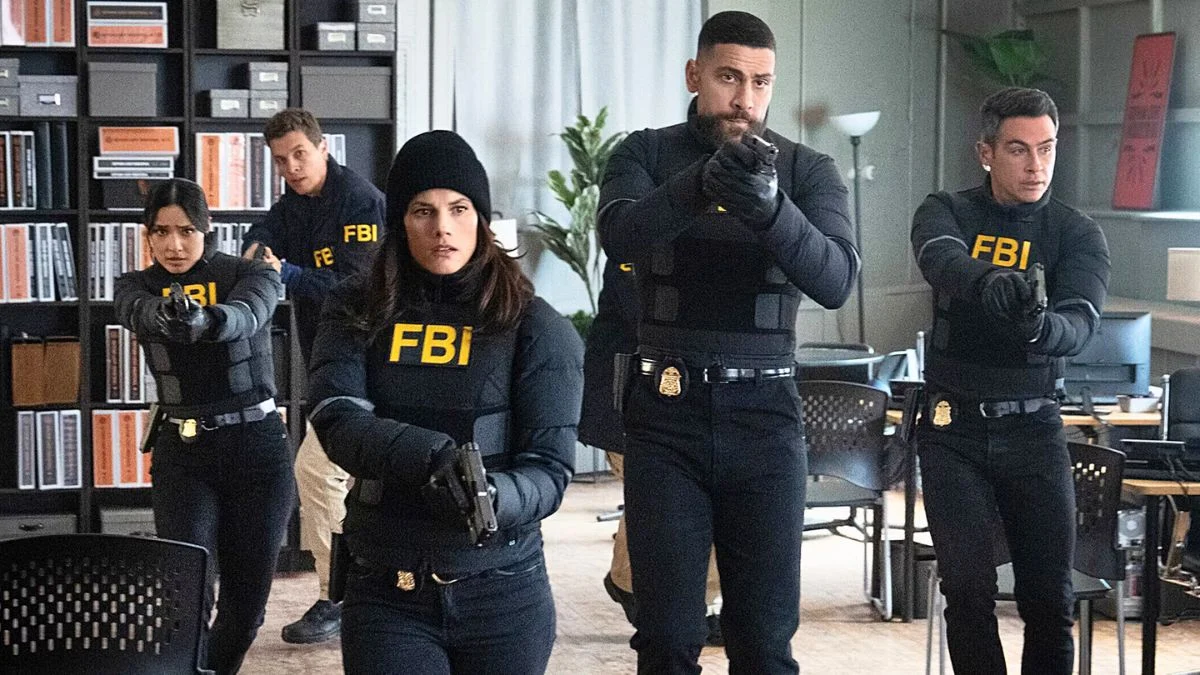

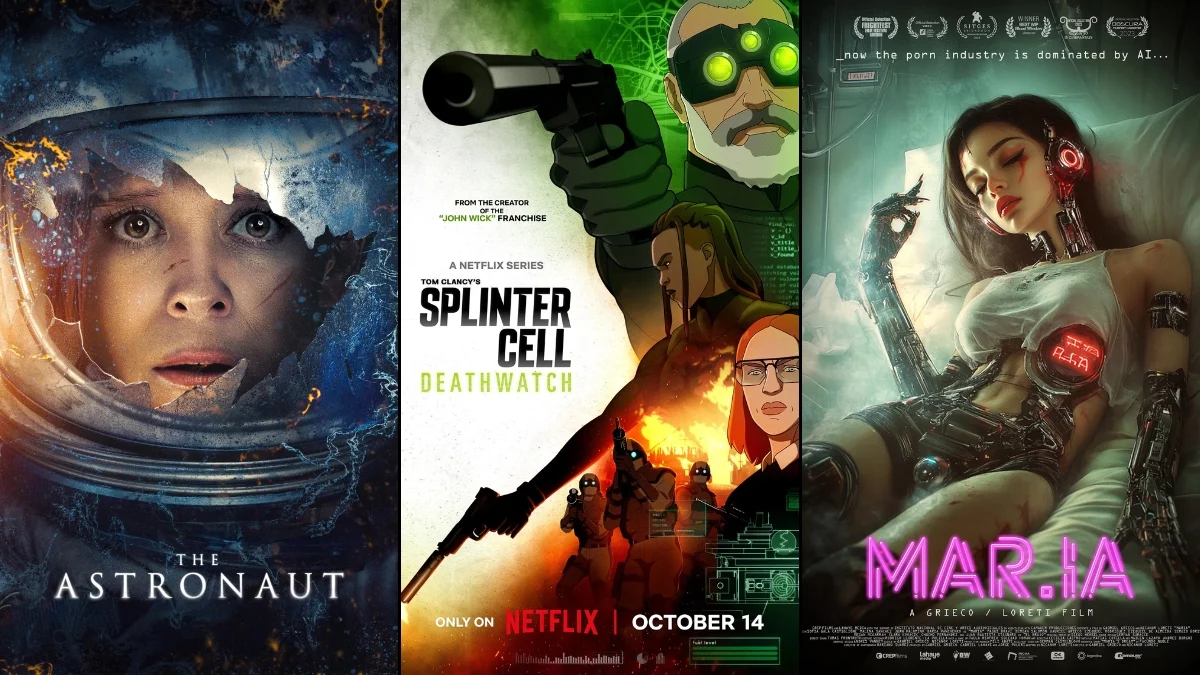


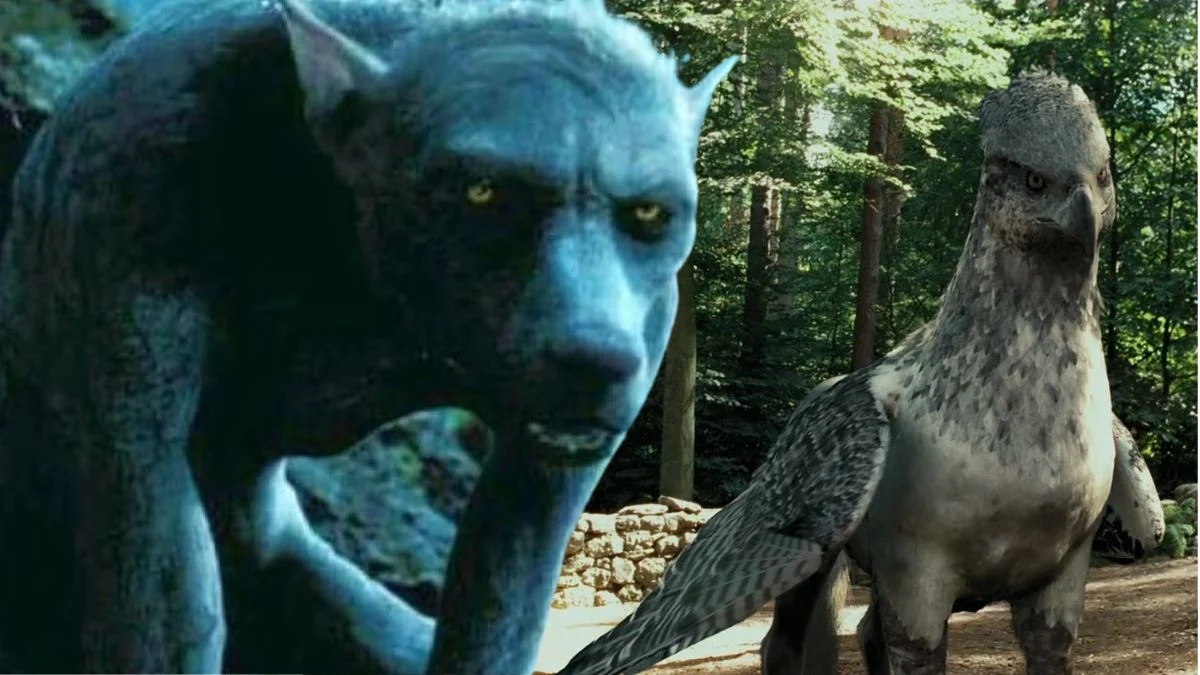
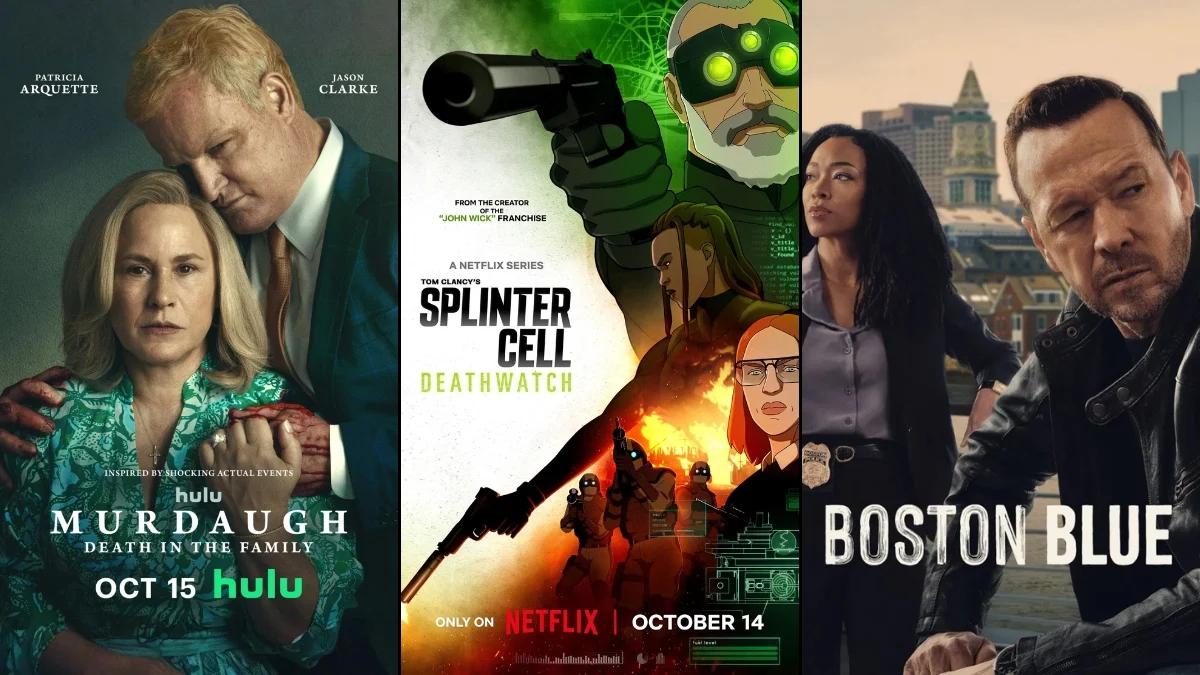




.jpeg)













 English (US) ·
English (US) ·